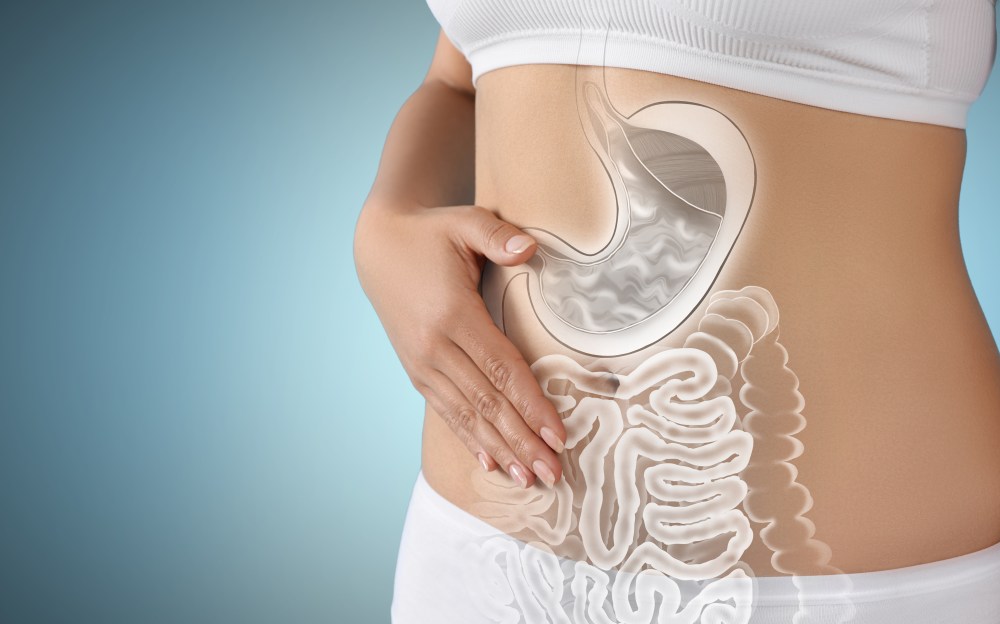At a glance
The gallbladder plays a crucial role in digestion by storing and concentrating bile, which facilitates the breakdown of dietary fats. When bile becomes thick or doesn’t flow well, it can contribute to various gallbladder symptoms and make fat digestion more difficult. Supporting a healthy bile composition through a balanced diet and lifestyle habits can help promote smoother digestion and overall comfort.
An estimated 20 million people in the U.S. experience some form of gallbladder disease, with nearly one million undergoing gallbladder surgery annually.
While this procedure may relieve certain acute gallbladder symptoms, it doesn’t always resolve the root cause and can sometimes lead to new complications.
Discover the vital role of the gallbladder in digestive health and learn how to support your digestive health by promoting optimal bile flow naturally.
What is the gallbladder?
The gallbladder is a small, pear-shaped organ located beneath the liver on the right side of the abdomen.
Its primary function is to store and concentrate bile, a yellow-green digestive fluid produced in the liver that consists of bile salts, cholesterol, phospholipids, electrolytes, water, and bilirubin.
When you eat, especially foods high in saturated fat, the hormone cholecystokinin (CCK) triggers the gallbladder to contract, releasing bile through the common bile duct into the small intestine to aid digestion.
Watch the video below to learn why the gallbladder is an important but often ignored organ.
What does the gallbladder do?
Often overlooked as a non-essential organ, the gallbladder plays a vital role in facilitating digestive functions, regulating fat metabolism, and absorbing fat-soluble vitamins.
The gallbladder is not merely a storage space for bile. It also concentrates bile to enhance digestive efficiency.
“When bile is too thin, digestion can slow down and cause dietary fats and essential fat-soluble nutrients to pass through the system without proper absorption,” explains Dr. Berg.
Because fats aren’t water-soluble, they naturally clump together into large globules, making it difficult for digestive enzymes to break them down. Bile acts as a natural detergent, emulsifying these globules into tiny droplets that can be more easily processed.
This emulsification makes fats more accessible to the pancreatic enzyme lipase, which further dismantles fats into smaller components, such as free fatty acids, monoglycerides, and glycerol.
Once lipase breaks down the fats into smaller fragments, bile salts surround them and form tiny structures called micelles. These micelles help transport fats, cholesterol, and fat-soluble vitamins by moving them through the watery environment of the intestines to the cells lining the gut.
Additional roles of bile
Beyond fat digestion, concentrated bile supports several other critical functions.
Bile acids may help support metabolic processes by promoting the conversion of the inactive thyroid hormone thyroxine (T4) into its active form, triiodothyronine (T3).
In addition, bile also assists the body in detoxifying fat-soluble waste by facilitating its elimination through stool.
Research published in Comprehensive Physiology shows that bile acids serve not just as transporters but also act as signaling molecules that help regulate detoxification enzymes and transporters, enhancing the body’s ability to process and eliminate harmful compounds.
Moreover, bile possesses natural antimicrobial properties that help maintain microbial balance in the small intestine. Insufficient bile flow can lead to imbalances, such as small intestinal bacterial overgrowth (SIBO), which is often associated with bloating, gas, and sluggish digestion.
Bile also promotes regular bowel movements by stimulating intestinal motility and lubricating the digestive tract, ensuring efficient waste movement through the colon.
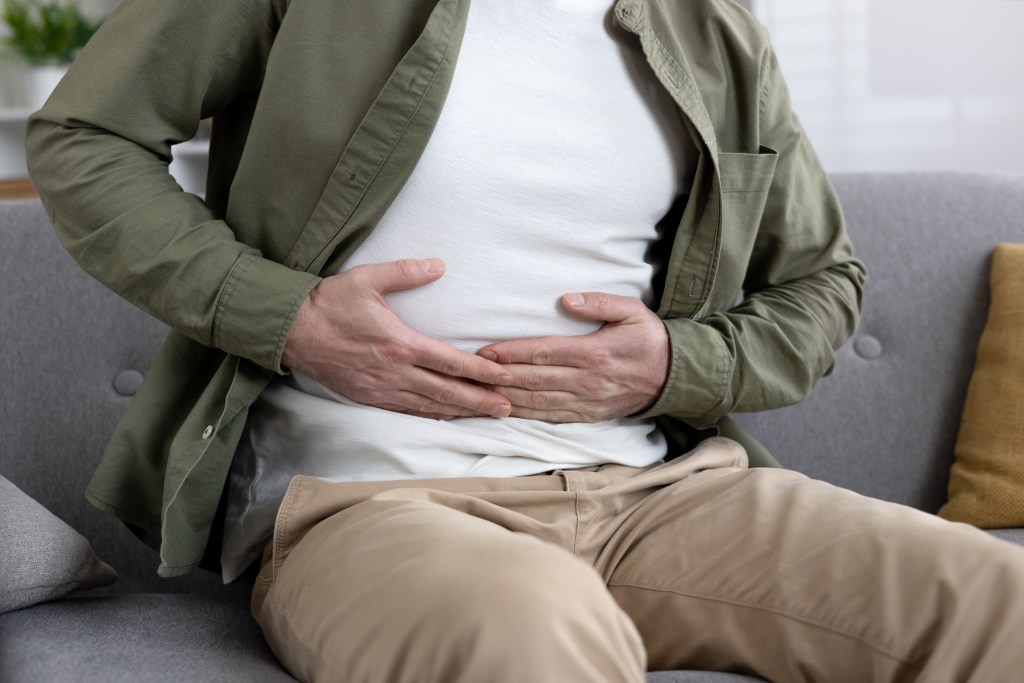
Symptoms of gallbladder problems
Gallbladder issues often go undetected, especially during the early stages. Research published in the World Journal of Clinical Cases notes that “an estimated 22.6 to 80 percent of gallstone patients are asymptomatic at the time of diagnosis.”
When gallbladder symptoms do occur, they can vary widely and often mimic other digestive issues.
Common symptoms of gallbladder problems include:
- Bloating
- Frequent burping
- Constipation
- Nausea or vomiting
- Skin discoloration or itchiness
- Dark urine
- Pale-colored stools
- Pain in the upper right ribcage
- Radiating discomfort in the right shoulder blade, neck, or face
Recurring discomfort after fatty meals may also signal issues with bile flow or gallbladder inflammation, known as cholecystitis, which is usually triggered by gallstones blocking the bile ducts.
Gallstones are hardened deposits that form in the gallbladder when bile composition becomes too concentrated. Gallstones can range in size from tiny grains to stones over an inch wide and may silently accumulate for years before causing symptoms.
However, when a gallstone blocks a bile duct, it may lead to a backup of bile, a condition called biliary colic or a gallbladder attack, which is an intense abdominal pain resulting from the gallbladder contracting against an obstruction.
In severe cases, a gallstone can lead to infection and pancreatitis and may increase the risk of bile duct cancer and gallbladder cancer.
If you have developed gallstone symptoms or are concerned about your gallbladder health, it’s crucial to consult a healthcare provider to determine the best course of action for your individual needs.
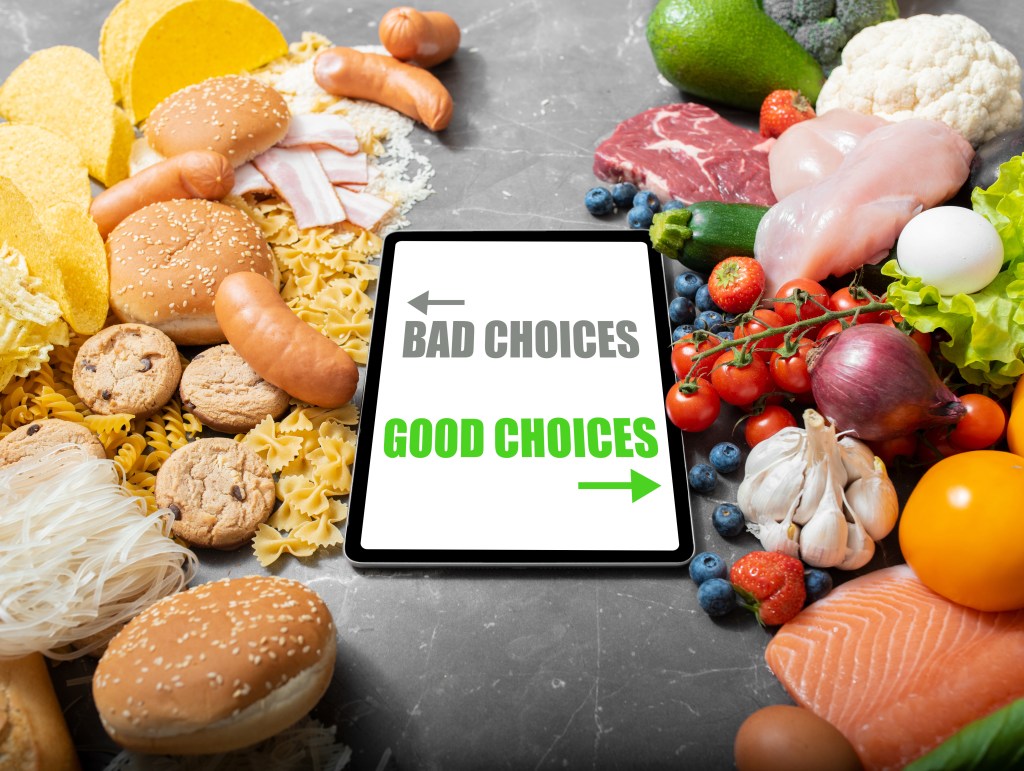
Common causes of gallbladder problems
Many people believe gallbladder problems result from a high-fat diet or consuming too much dietary cholesterol.
However, the root issue often lies in imbalanced bile composition, particularly when there’s too much cholesterol and not enough bile salts to keep it properly dissolved.
Bile salts play a critical role in thinning bile, breaking down fats, and clearing excess cholesterol from the body. Without adequate bile salts, bile can become thick and stagnant, increasing the likelihood of bile sludge or gallstone formation, even when cholesterol levels appear normal.
Several diet and lifestyle factors influence bile production and flow, including:
- Low-fat diets reduce the frequency of gallbladder contractions, allowing bile to become stagnant and overly concentrated.
- High carbohydrate intake can promote insulin resistance, which may suppress bile production and reduce stomach acidity, both of which are needed to trigger healthy bile release.
- Rapid weight loss increases the release of cholesterol into bile, which can overwhelm the capacity of bile salts to keep it soluble.
- Hormonal influences, such as elevated estrogen from birth control pills, hormone replacement therapy, or estrogenic foods, may also affect bile composition.
- Cortisol elevation, due to chronic stress or excessive use of corticosteroids such as prednisone, may also contribute to sluggish bile and liver strain.
- Liver dysfunction, including fatty liver disease or hepatitis, can interfere with effective bile production within liver cells.
In addition, gut health plays an essential role in maintaining optimal bile composition. Beneficial microbes in the colon help recycle bile salts, and an imbalanced microbiome may impair this process by weakening bile flow and fat digestion over time.
Emerging evidence published in Molecular and Cellular Biochemistry also suggests that melatonin produced within the bile ducts may help protect these tissues from oxidative stress and support bile flow.
While more research is needed, maintaining a healthy sleep-wake cycle may indirectly support bile duct health, bile flow, and digestive function.
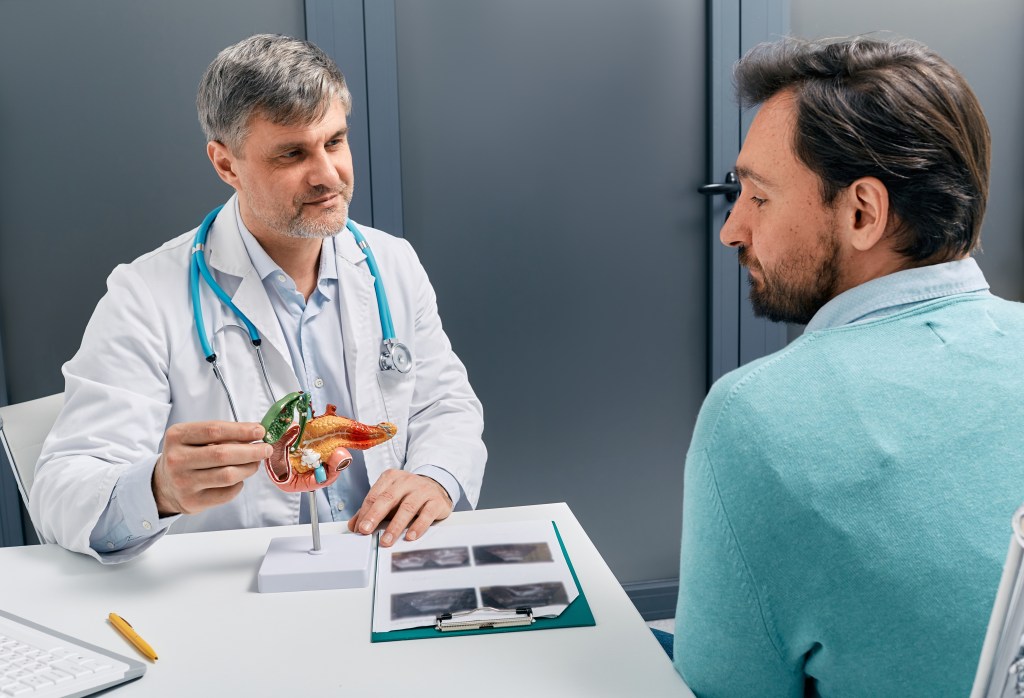
Understanding gallbladder removal
Gallbladder removal surgery, or a cholecystectomy, is one of the most common abdominal procedures in the United States. It’s often recommended when gallstones obstruct the bile ducts or cause severe pain and inflammation.
Gallbladder removal is commonly performed via laparoscopic surgery, a minimally invasive approach that can result in fewer complications than open surgery.
However, while gallbladder removal may help relieve immediate symptoms, it doesn’t correct the underlying bile imbalances and may lead to new digestive system complications over time.
Without the gallbladder to regulate bile release, diluted bile continuously flows from the liver into the digestive tract. This can lead to poor fat emulsification and result in loose stools, nutrient malabsorption, and digestive discomfort.
Up to 40 percent of individuals who undergo gallbladder removal may experience post-cholecystectomy syndrome, characterized by bloating, indigestion, nausea, constipation, or diarrhea.
Because bile plays a critical role in the absorption of fat-soluble vitamins A, D, E, and K, as well as essential omega-3 fatty acids, the absence of the gallbladder can result in long-term nutrient deficiencies, affecting immune function, bone health, vision, cognitive performance, and blood clotting.
While gallbladder removal may be necessary in severe cases, it doesn’t resolve the underlying metabolic or digestive issues that led to the condition–it simply eliminates the storage site for bile.
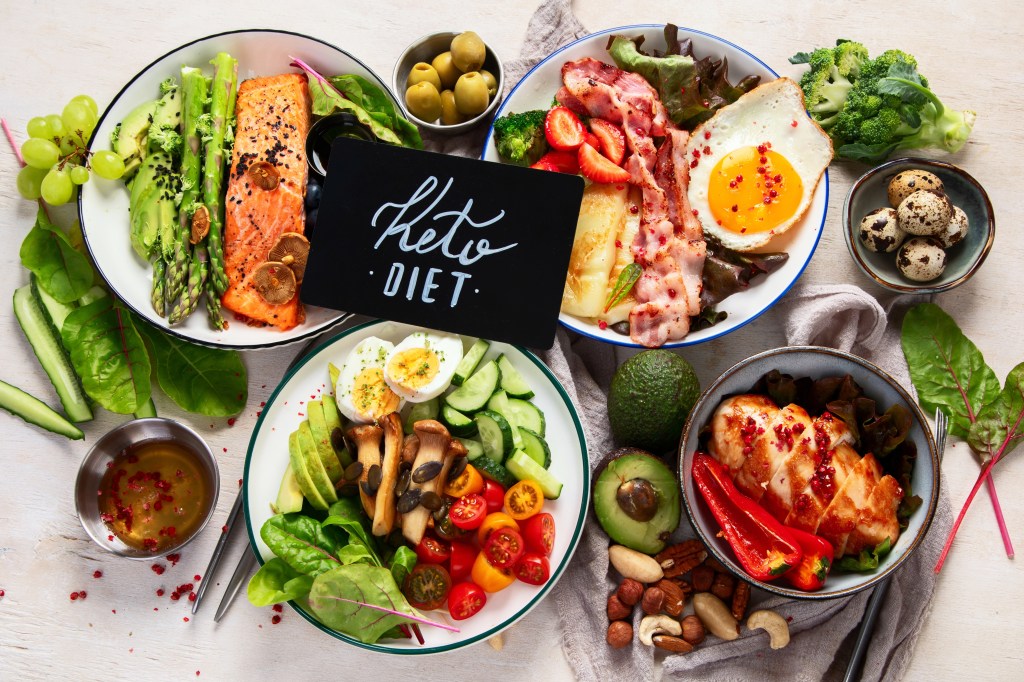
How to support a healthy gallbladder
Supporting gallbladder health involves promoting proper bile composition and flow through targeted dietary and lifestyle changes.
Here are five natural strategies to help maintain a healthy gallbladder.
1. Healthy Keto® and intermittent fasting
Eating too frequently can prevent the gallbladder from effectively concentrating bile, which may lead to diluted bile and poor fat digestion.
Intermittent fasting, especially when combined with a nutrient-dense, low-carb diet, such as Healthy Keto®, may promote metabolic health, normal bile concentration, and gallbladder efficiency, supporting overall digestive comfort.
While shorter fasts may temporarily increase cholesterol saturation in bile, longer fasts paired with a high-fat, low-carb lifestyle may improve metabolic markers and help reduce risk factors linked to gallstone formation.
A study published in Gut indicated that high carbohydrate intake, particularly from foods with high glycemic loads, significantly raises the risk of symptomatic gallstone disease.
Additionally, research published in BMC Public Health found that people following high-fat diets with less frequent meals had a lower risk of developing gallstones.
2. Support optimal stomach acidity
Bile release is closely linked to healthy stomach acid levels. When stomach acid is sufficient, it stimulates the release of CCK, which in turn coordinates gallbladder contraction and the secretion of pancreatic enzymes.
Low stomach acid, often caused by stress, aging, acid blockers, or high-carb diets, can weaken this signal, leading to poor fat digestion and incomplete bile release.
Taking a small amount of diluted apple cider vinegar or lemon water before meals may help stimulate stomach acid and promote bile flow naturally.
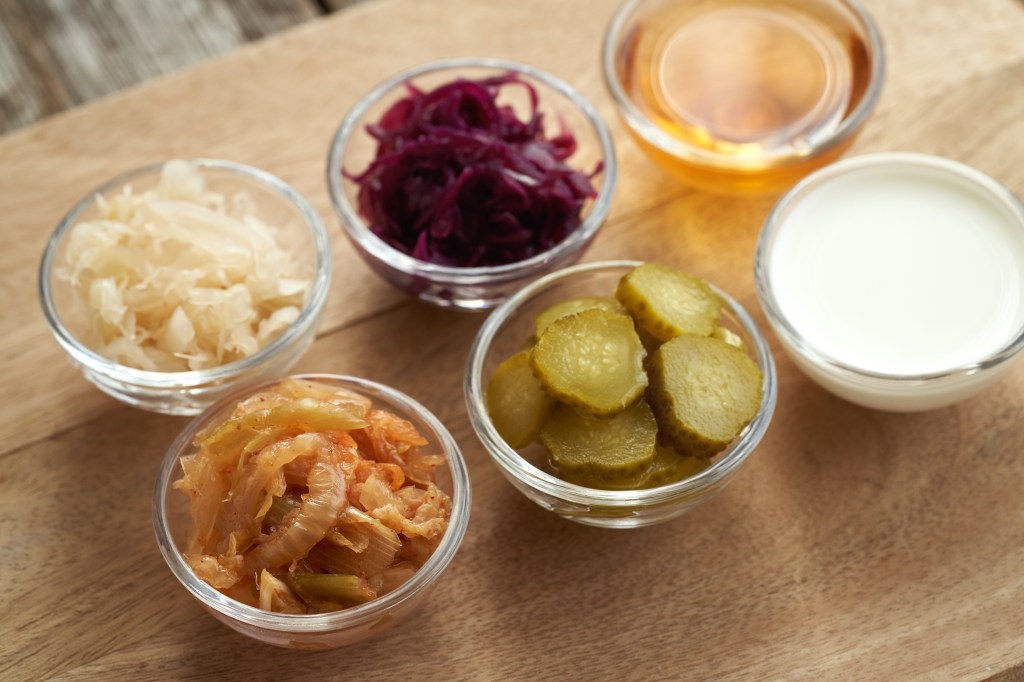
3. Eat bile-supportive foods
Certain vegetables have been found to support bile flow, enhance liver function, and promote gut health.
Bitter greens such as arugula, dandelion, mustard greens, and parsley may help stimulate bile production, while cruciferous vegetables, such as broccoli, kale, and Brussels sprouts, can support liver detoxification and fat metabolism.
Regularly consuming beets and beet greens may help loosen thick bile, supporting smoother flow.
Fermented vegetables, such as sauerkraut and kimchi, help nourish beneficial gut microbes, which play a critical role in bile acid recycling and overall digestive balance.
4. Avoid irritating foods
Sugars, grains, and alcohol can raise insulin levels, impair bile flow, and affect liver function, contributing to thick, sluggish bile and gallstone formation.
Overconsumption of nuts may also irritate the gallbladder in some individuals, especially during the early transition to a high-fat or ketogenic diet.
Additionally, many protein powders, particularly low-fat whey isolates, lack the dietary fat needed to trigger proper bile release and may spike insulin, making them harder to digest.
5. Prioritize hydration
Dehydration can cause bile to become thick and stagnant, and drinking enough water is essential for maintaining bile fluidity.
In addition to water, ensure you’re getting adequate amounts of electrolytes such as potassium from avocados, beet greens, and squash, magnesium from pumpkin seeds, spinach, Swiss chard, or dark chocolate, and sodium from sea salt.
You can also make your own homemade whole-food electrolyte drink to help regulate fluid balance and support smooth bile flow.
Key takeaways
- The gallbladder stores and concentrates bile, which is essential for emulsifying fats, supporting the absorption of fat-soluble nutrients, and facilitating the elimination of fat-soluble waste.
- Common gallbladder symptoms include bloating, belching, discomfort after fatty meals, changes in stool color, constipation, skin discoloration or itchiness, upper right ribcage discomfort, and radiating discomfort in the right shoulder blade, neck, or face.
- Supporting a healthy bile composition through a nutrient-dense, keto-friendly diet, intermittent fasting, adequate stomach acidity, and bile-supportive foods can help promote smoother digestion and overall comfort.
- Staying hydrated and minimizing foods that impair bile flow, including sugars, refined grains, and alcohol, further supports a well-functioning biliary system.
FAQ
1. Do you need your gallbladder?
While it’s possible to live without a gallbladder, it plays an important role in storing and concentrating bile needed for efficient fat digestion, nutrient absorption, and the removal of toxins.
Without a gallbladder, digestion can become less efficient, which may result in nutrient deficiencies and various digestive discomforts.
2. What are the early warning signs of gallbladder problems?
Early signs of gallbladder problems include bloating, discomfort under the right ribcage, pain radiating to the right shoulder blade, floating stools, pale stools, nausea, or a sharp pain in the abdomen, especially after fatty meals.
3. How do you keep your gallbladder healthy?
To promote gallbladder health, consume a healthy diet that includes nutritious fats to stimulate bile flow and incorporate bitter greens, cruciferous vegetables, bile-supportive herbs, and fermented foods.
Additionally, stay hydrated by drinking enough water, maintain a healthy weight, avoid processed carbs and sugars, and consider combining intermittent fasting with Healthy Keto® to optimize bile concentration.
4. What foods help the gallbladder?
Healthy fats found in avocados, eggs, olive oil, and oily fish stimulate bile flow, while herbs like dandelion, arugula, and parsley promote bile production.
Additionally, beets and beet greens may help thin thick bile, promote smooth digestion, and fermented vegetables such as sauerkraut and kimchi support gut microbes that recycle bile salts.
5. What’s the worst thing for your gallbladder?
A high intake of refined carbs, sugar, alcohol, processed foods, trans fats, and low-fat diets can impair bile flow and prevent proper gallbladder contraction, increasing the risk of thickened bile and gallstone formation.
6. Can other conditions mimic gallbladder pain?
Yes, conditions such as kidney stones, ulcers, pancreatitis, and other digestive and kidney diseases can also trigger discomfort in the upper abdomen similar to gallbladder pain.
Sources
- https://europepmc.org/backend/ptpmcrender.fcgi?accid=PMC4422175&blobtype=pdf
- https://pmc.ncbi.nlm.nih.gov/articles/PMC9602237/
- https://link.springer.com/article/10.1007/s11010-023-04682-7
- https://gut.bmj.com/content/54/6/823
- https://link.springer.com/article/10.1186/s12889-024-20512-x


